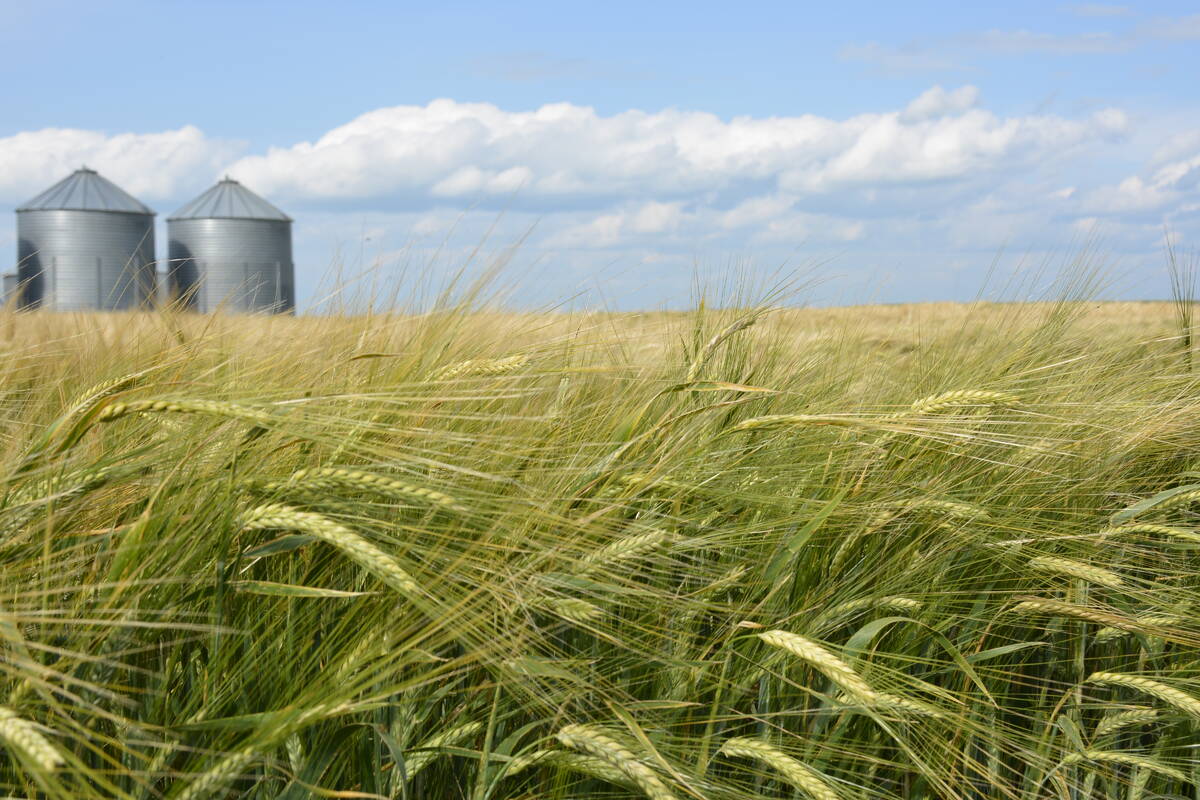WATERLOO, Iowa – A billboard on the main highway that runs north from Des Moines through the heart of Iowa’s hog belt blames large hog barns for killing the state’s family farms.
However, words on the sign have been crossed out and new ones spray-painted in, changing the message to one of praise for large hog barns for creating jobs.
The debate over hog barns that so often rages in Western Canada is virtually identical in Iowa.
Water quality issues are often raised in attacks on hog barn proposals, just as they are in Canada.
Read Also

StatCan stands by its model-based crop forecast
Statistics Canada’s model-based production estimates are under scrutiny, but agency says it is confident in the results.
However, officials say that while people attempt to drag water quality into the debate, in reality it’s not much of an issue.
“The real controversy is over odour,” said Jim Stricker, manager of the Iowa Department of Natural Resources’ Des Moines regional office.
“We’re getting better and better and better at regulating the water quality and water pollution control act provisions and we’ve been tightening those things up and making sure producers are taking those things seriously,” he said.
“But people lean on (water quality claims) because that’s all that we have regulations for.”
Fights over proposed hog barns are common in rural Iowa, as are fights between existing barns and their farmer neighbours.
“Nuisance” law suits about barn odours often fill the pages of the Iowa Pork Producers Council’s monthly magazine.
State politicians have been battling over proposed air quality regulations for years as interest groups push for and fight against new standards that would measure, regulate and enforce limits on the amount of smelly particles that hog barns emit.
However, so long as the only regulatory hammer to hold over the hog industry is water quality laws, officials expect those to be used and abused.
“If you get each individual (opponent to new hog barns) aside, what each to a person would admit is that what really bugs them is the odour,” said Stricker.
Gary Schellhorn, water quality superintendent for the Clinton, Iowa, said hog farmers create their own problems.
“A few have been fairly negligent in how they handled their waste,” he said.
The state prosecuted some and banned some from building new facilities in Iowa.
Wayne Gieselman, administrator of the state natural resources department’s environmental services division, said water quality issues and administrators become embroiled in an undeclared civil war between farmers.
“A lot of these issues around large scale livestock are more social and political than environmental,” he said.
“But we’re smack in the middle of it.”
Stricker said people are frustrated when their idyllic farm house becomes a neighbour to a big and stinky new hog barn.
“It comes down to a quality of life kind of thing,” he said. “People can’t go outside and enjoy themselves because of the smell.”
Gieselman said hog barn operators are often short-sighted when they build without including air-cleaning technology.
“For $20,000 you can put in scrubbers so it doesn’t smell so bad. That’s a pittance when you’re talking about a multimillion-dollar barn,” he said.
“It would do so much for their public relations.”
Until operators learn to reduce the odours coming from hog barns, they’ll face attacks every time a new barn is proposed, and the complaints will include water quality, like it or not.

















